The recommended daily amount of dietary fiber for adults is about 25 grams for women and 30 grams for men. The goal is 14 grams of fiber per 1000 calories consumed.
Eating a gluten-free diet can lead to a dietary intake of fiber that is below recommended levels. The fiber from cereal grains, for example, play a role in keeping your gut healthy and reducing your risk of developing chronic diseases like heart disease, cancer, and diabetes. But many cereal grains, such as wheat, rye, and barley contain gluten. Here’s how you can eat gluten free and get enough fiber.
What Foods Are High in Dietary Fiber?
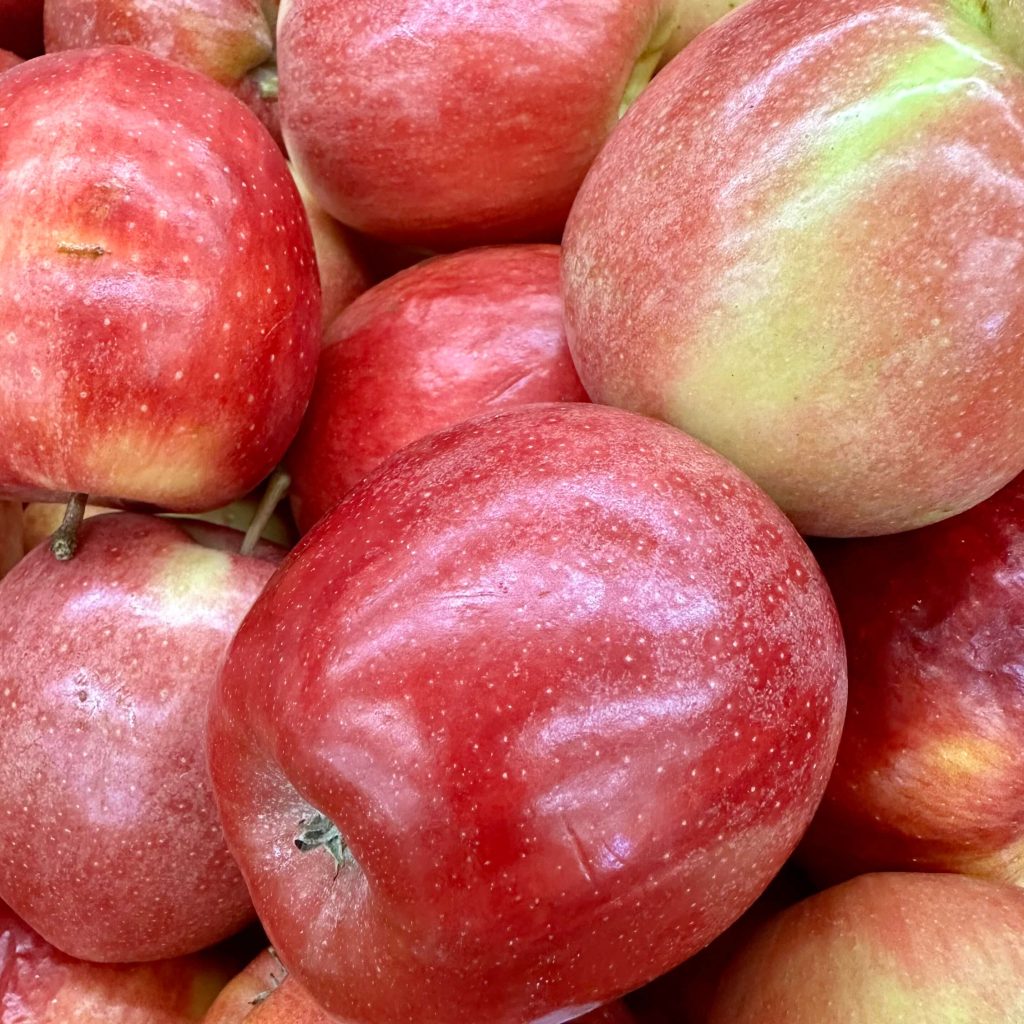
FRUITS
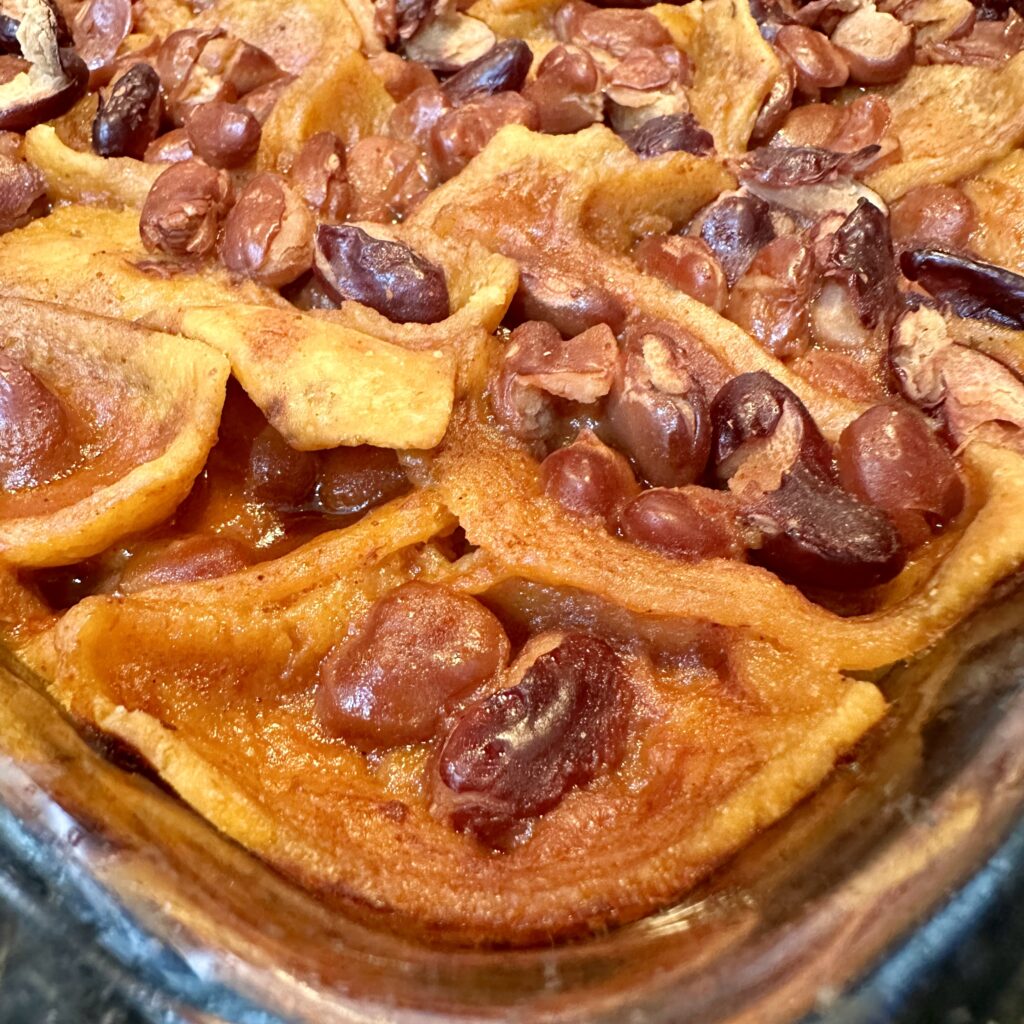
BEANS, PEAS, AND LENTILS

NUTS AND SEEDS
Low Fiber Foods
Meat, poultry, fish, seafood, and eggs
Refined grains
Milk and cheese
Oils and fats
People consuming a typical “Western” diet get enough meat, refined grains, and oils. Unfortunately, those foods are lower in fiber.
The 2020-2025 Dietary Guidelines for Americans explain how much and what to eat – including goals for fiber. The 2020-2025 edition is the first to provide recommendations by life stage, from birth to older adulthood. Please take a look at the chart below for the amount of the higher-fiber foods recommended for adults at various stages of life.
The average fiber content for each food group is about 3 grams per serving. You can reach your dietary fiber goal by eating the recommended servings from each food group.
*Food group amounts shown in cup equivalents (cup eq) or ounce equivalents (ounce eq).
Vegetables, Fruits (1 cup eq): 1 cup raw or cooked vegetable or fruit; 1 cup vegetable or fruit juice; 2 cups leafy salad greens; ½ cup dried fruit or vegetable.
Grains (1 ounce eq): ½ cup cooked rice, pasta, or cereal; 1 ounce dry pasta or rice; 1 medium (1 ounce) slice bread, tortilla, or flatbread; 1 ounce of ready-to-eat cereal (about 1 cup of flaked cereal).
Protein Foods (1 ounce eq): 1 ounce lean meats, poultry, or seafood; 1 egg; ¼ cup cooked beans or tofu; 1 tbsp nut or seed butter; ½ ounce nuts or seeds.
How does your intake of vegetables, fruit, whole grains, beans/peas/lentils, and nuts/seeds/soy products compare to the Dietary Guidelines for Americans recommendations?

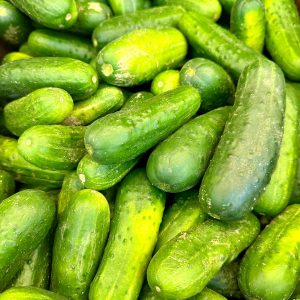
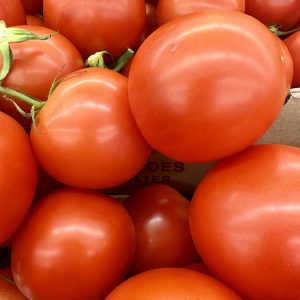
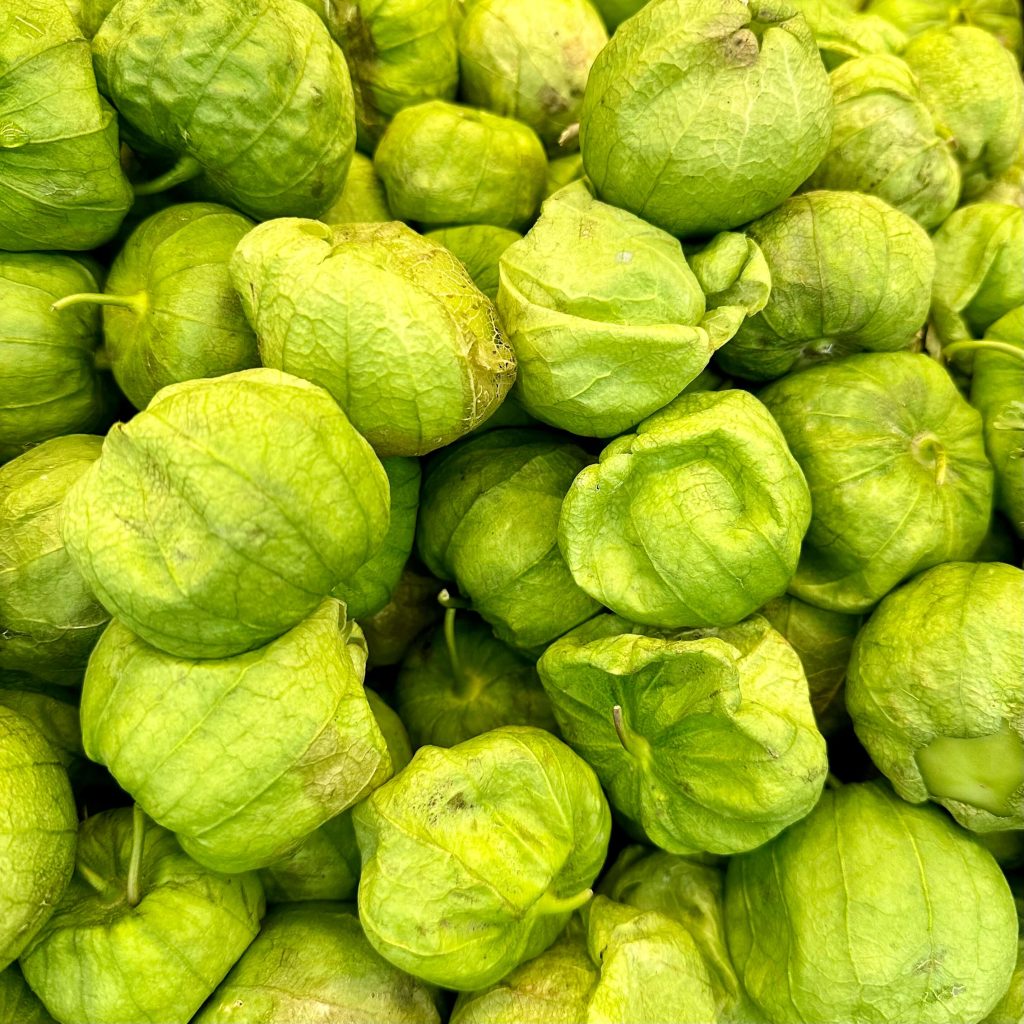
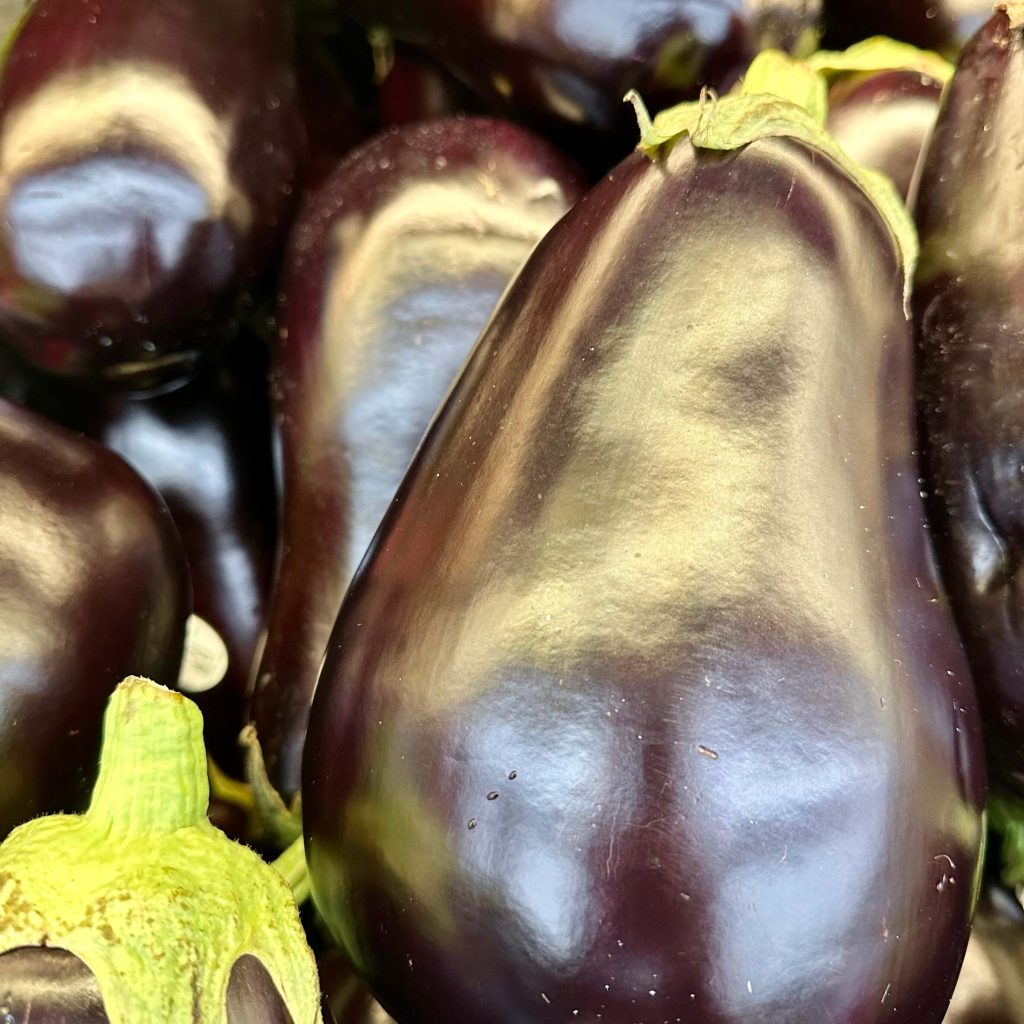
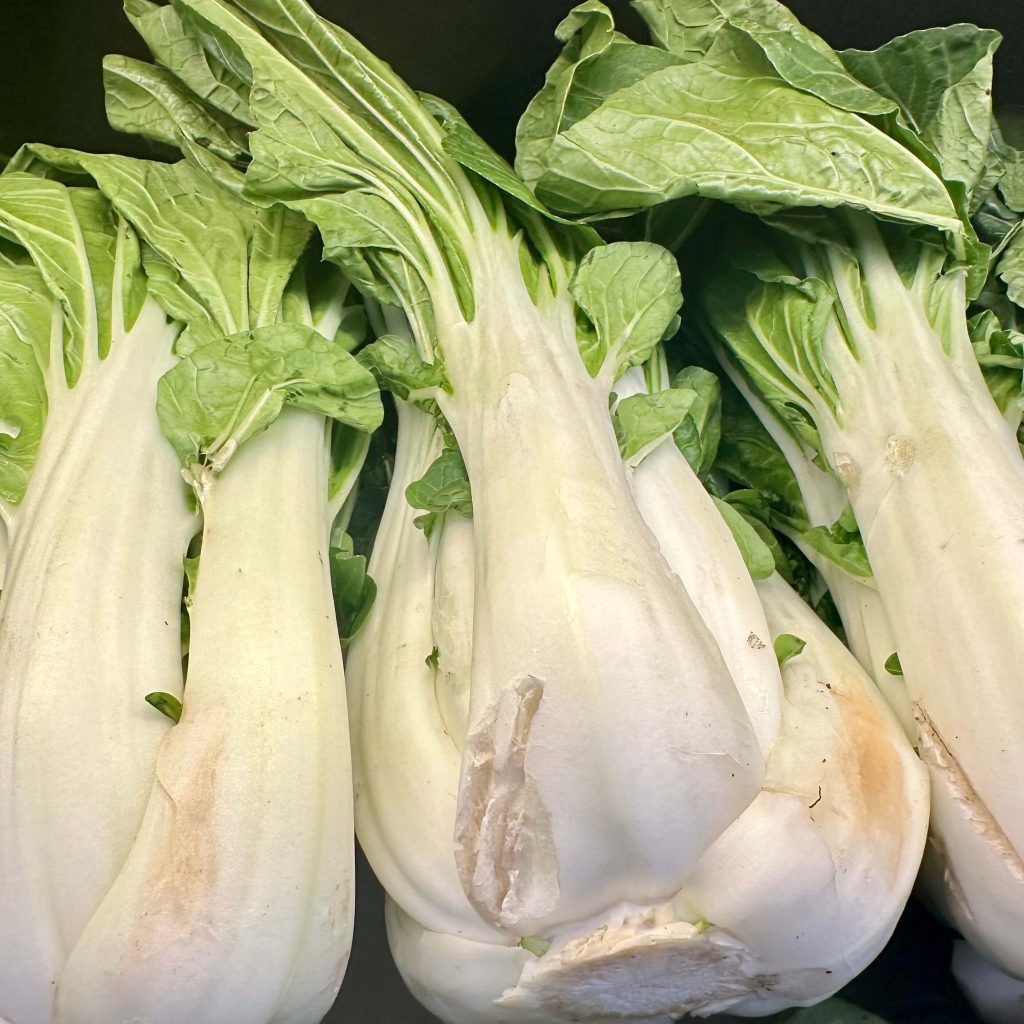
Vegetables
If you want to eat more vegetables, think about adding something you have not eaten in awhile:
Red, Yellow, and Orange Bell Peppers, Carrots, Pumpkin, Tomatoes, Winter Squash
Corn, Jicama, Lima Beans, Parsnips, Plantains, Peas, Sweet Potatoes, Water Chestnuts
Artichoke, Asparagus, Avocado, Bamboo Shoot, Beets, Brussels Sprouts, Cabbage, Cauliflower, Celery, Cucumber, Eggplant, Green Beans, Green Peppers, Kohlrabi, Mushrooms, Okra, Onions, Radish, Rutabaga, Seaweed, Shallots, Snow Peas, Summer Squash, Tomatillos, Turnips, Wax Beans
Bok Choy, Broccoli, Swiss Chard, Greens, Kale, Romaine Lettuce, Spinach, Watercress

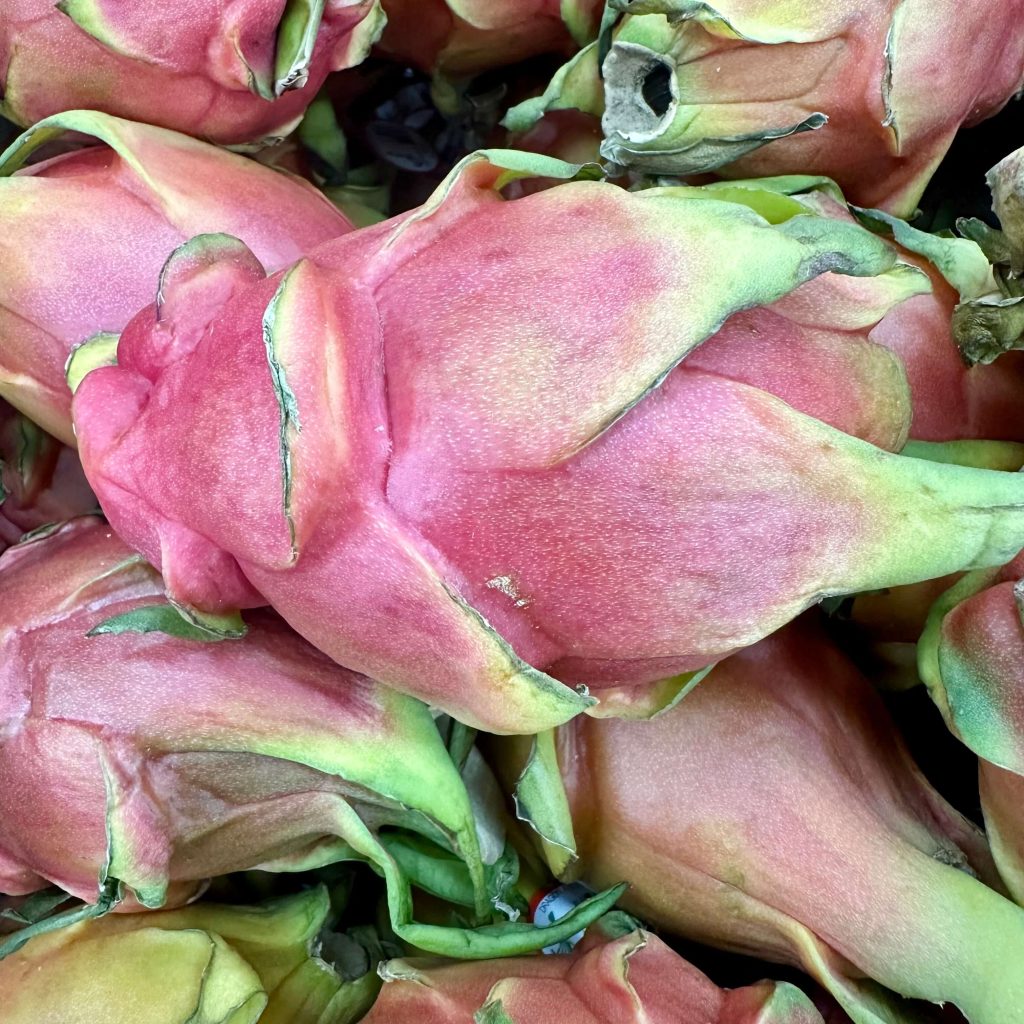
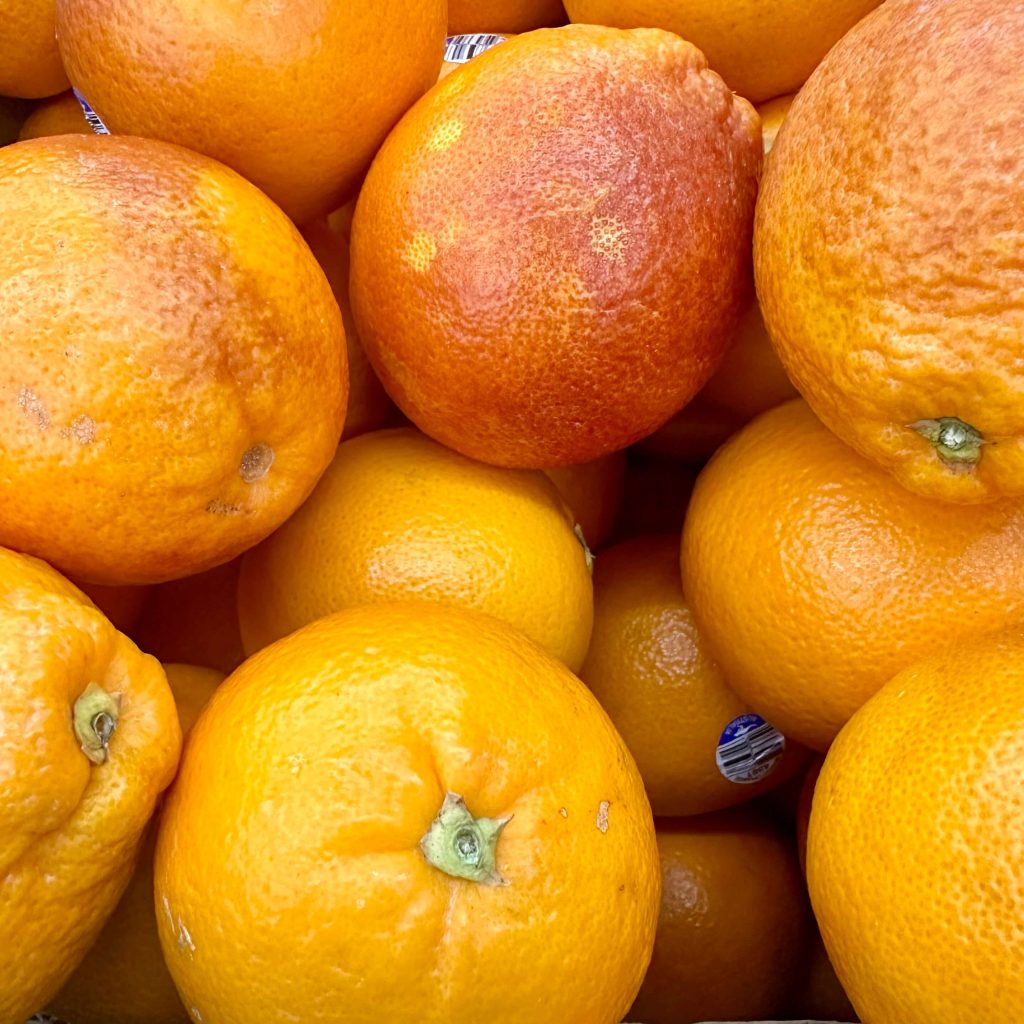
Fruits
If you want to eat more fruit, choose fresh, frozen, canned, or dried fruit that you like:
Apples, apricots, bananas, berries, cherries, dates, dragon fruit, figs, grapefruit, grapes, kiwi, mangos, melons, nectarines, oranges, papaya, peaches, pears, pineapple, plums, pomegranates, rhubarb.
Choose High-Fiber Gluten-Free Grains
Amaranth, brown rice, buckwheat, gluten-free oats, millet, popcorn, sorghum, teff, and wild rice.
Gluten-free dried pasta made from chickpeas, lentils, and quinoa.
Gluten-free cooked cereals made from buckwheat and gluten-free oats.
Ready-to-eat gluten-free cereals that contain 3 to 5 grams of fiber per serving.
Higher-fiber gluten-free flour for pancakes, waffles, and baked goods: almond, cassava, coconut, buckwheat, quinoa, chickpea, amaranth, millet, sorghum, and gluten-free oats.
Gluten-free tortillas made from corn, cassava flour, chickpea flour, and teff flour.
Beans, lentils, peas, nuts, and seeds are good sources of fiber too.
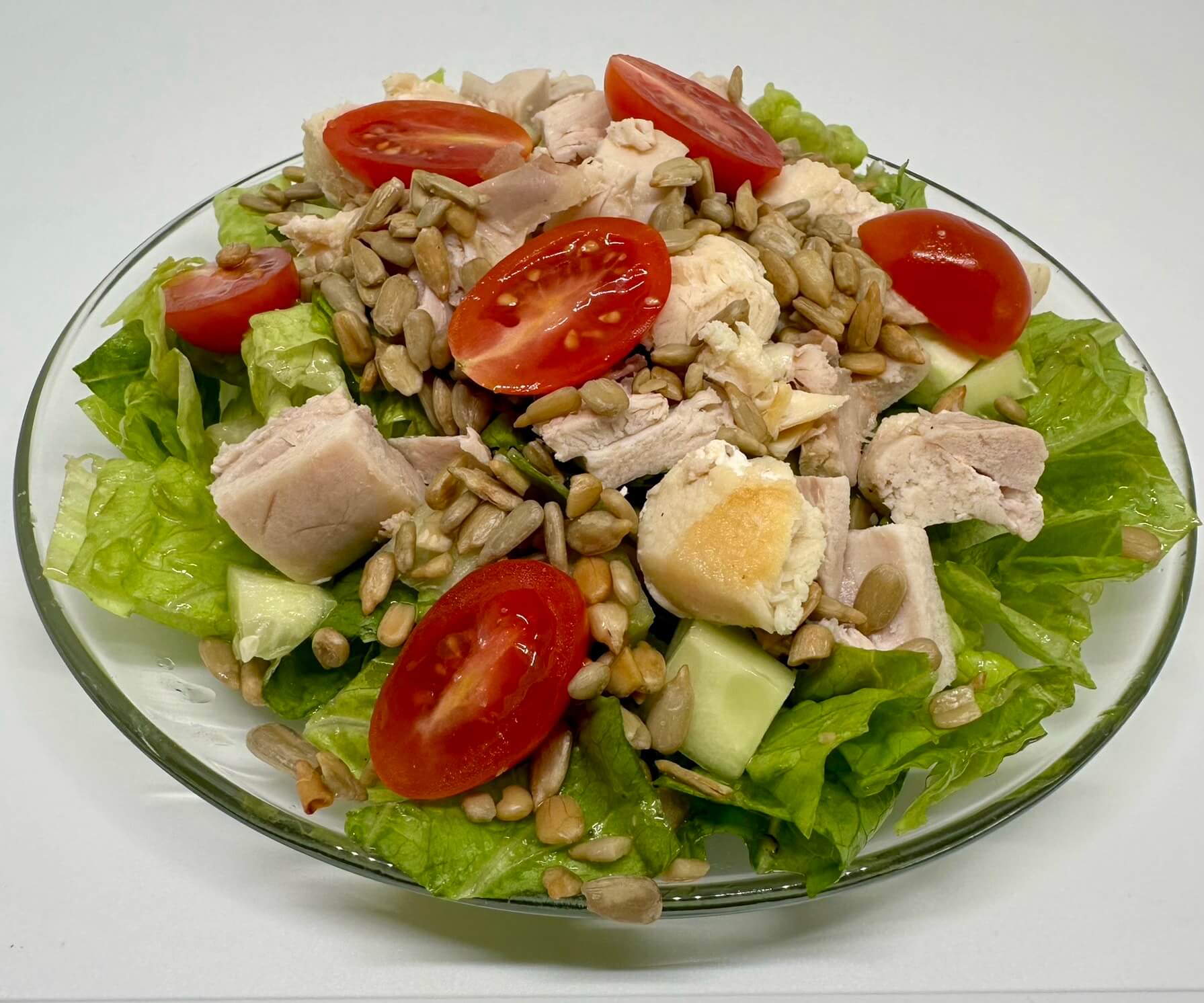
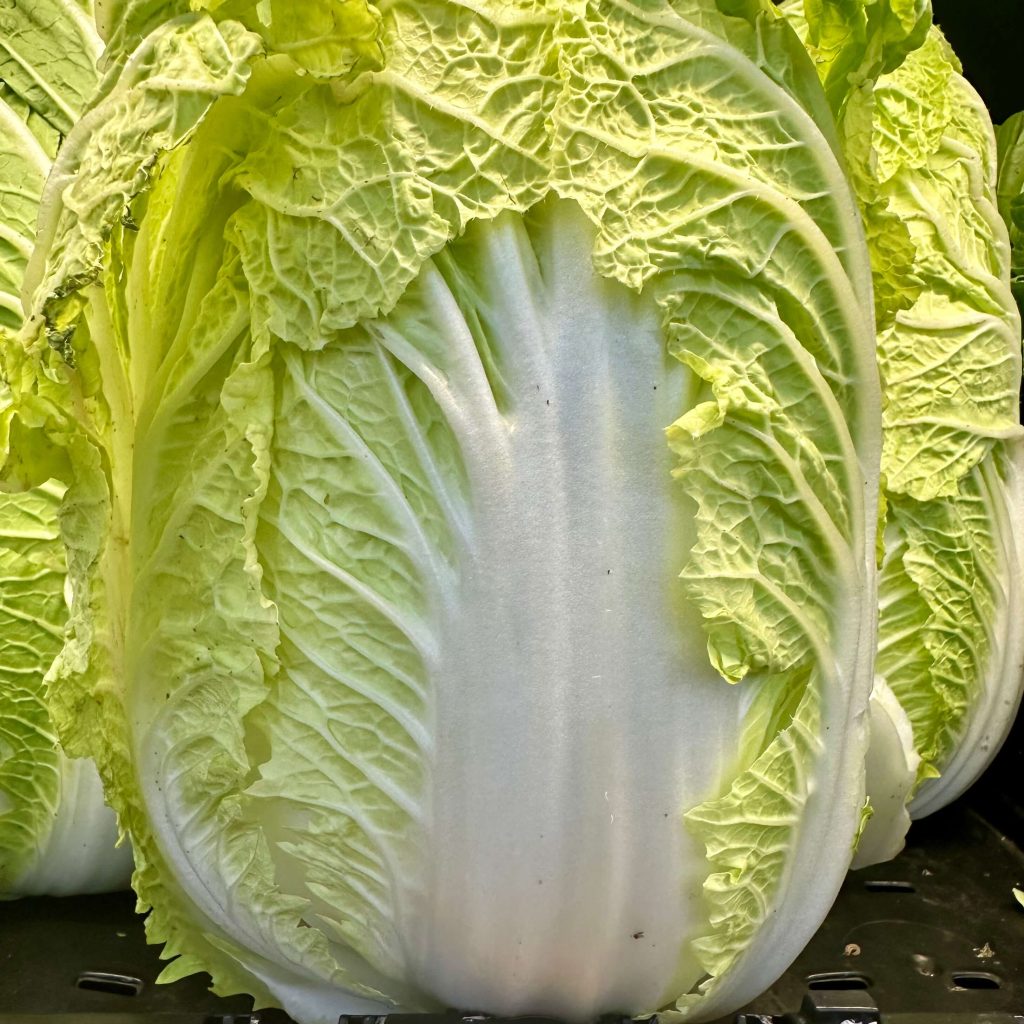
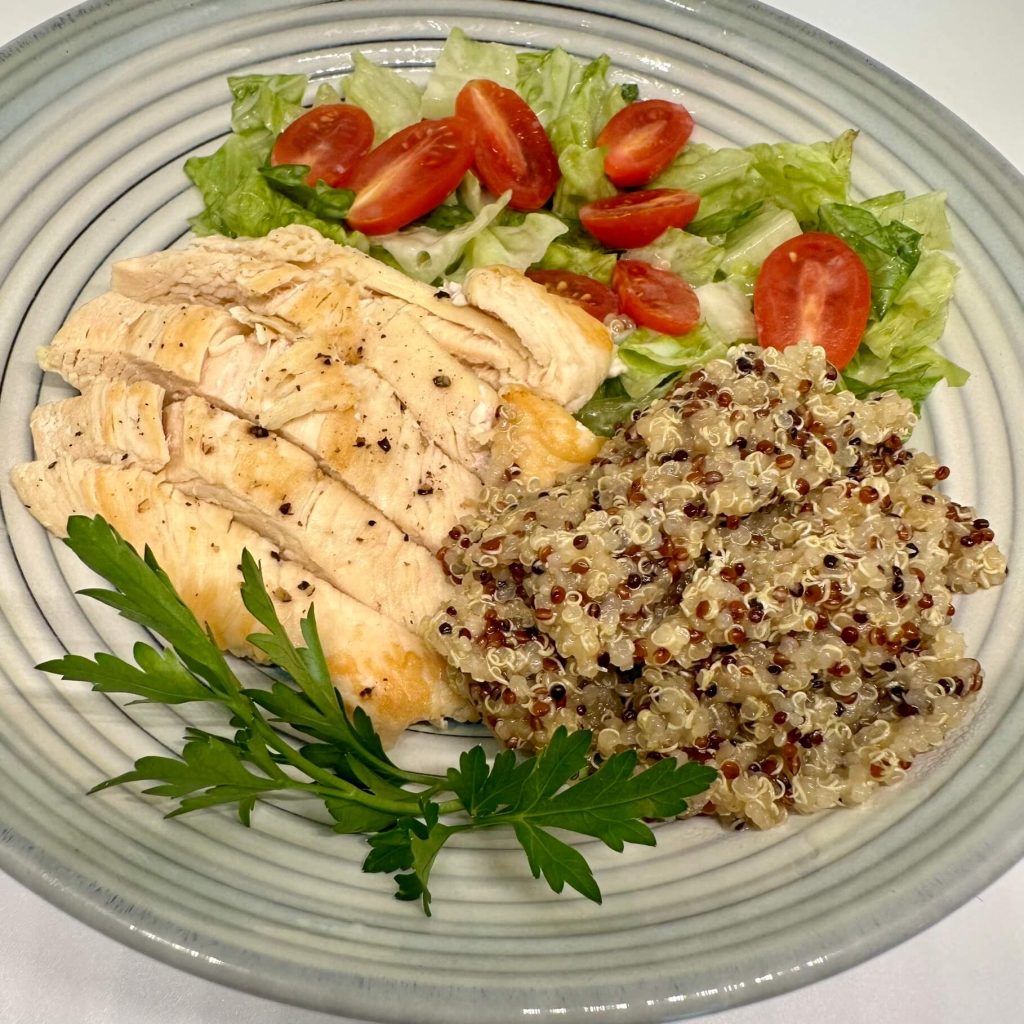
Leave a Reply